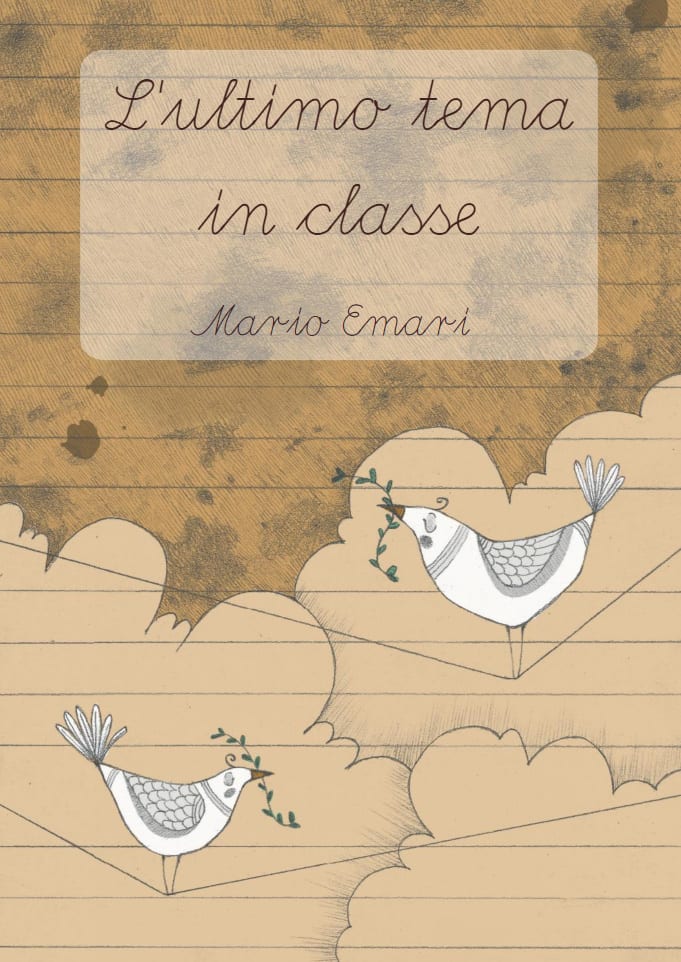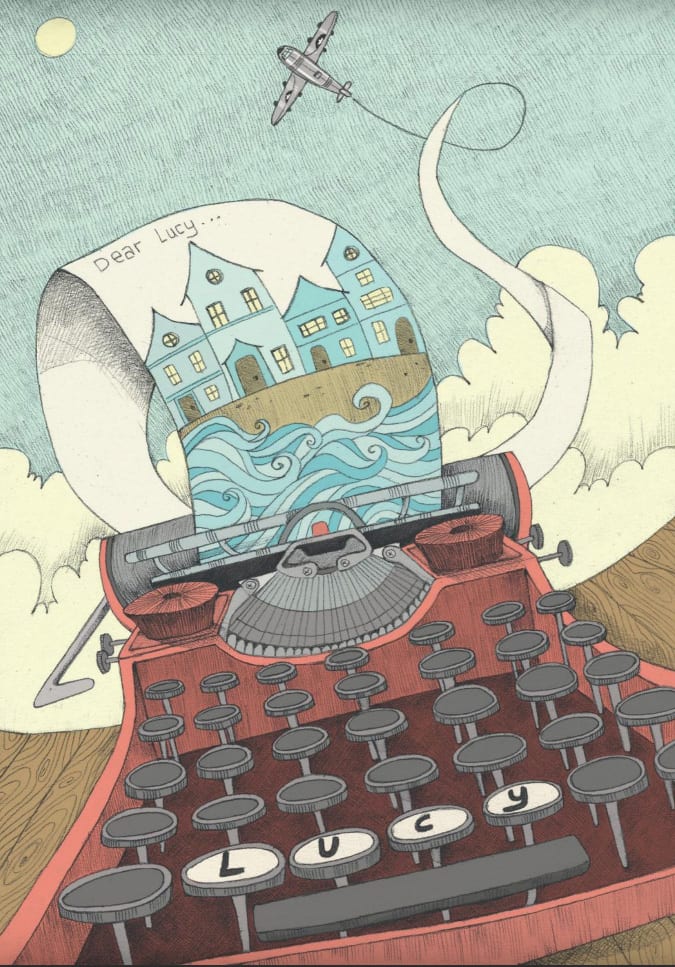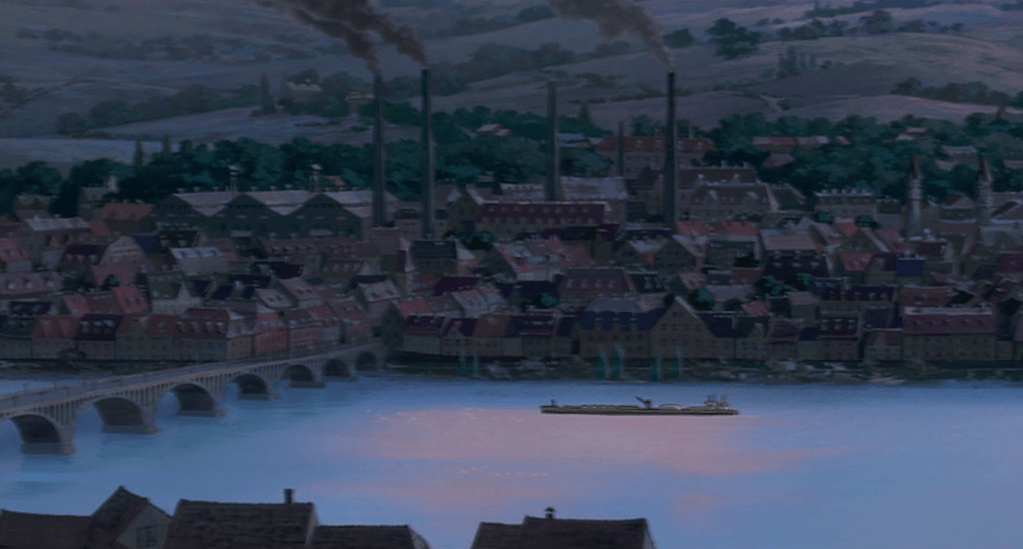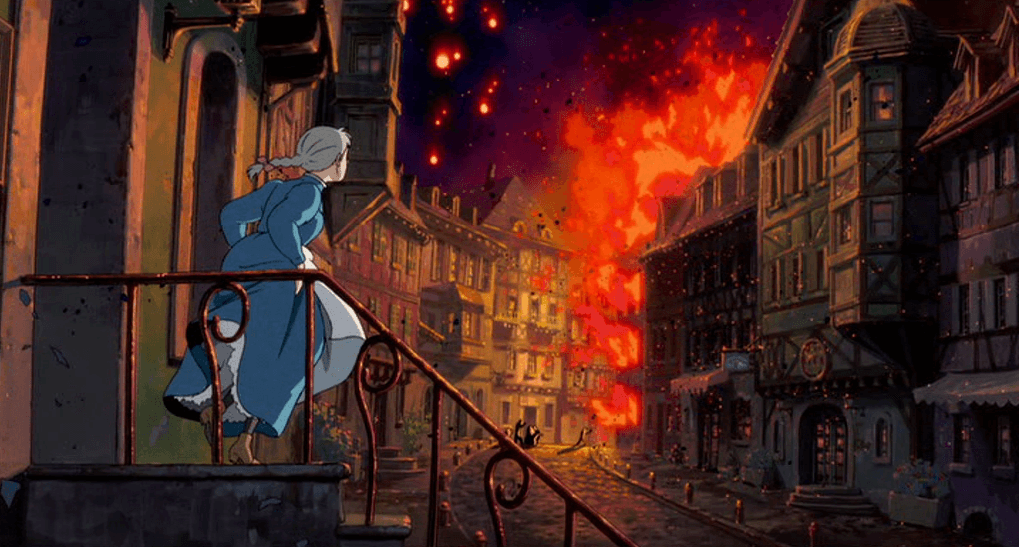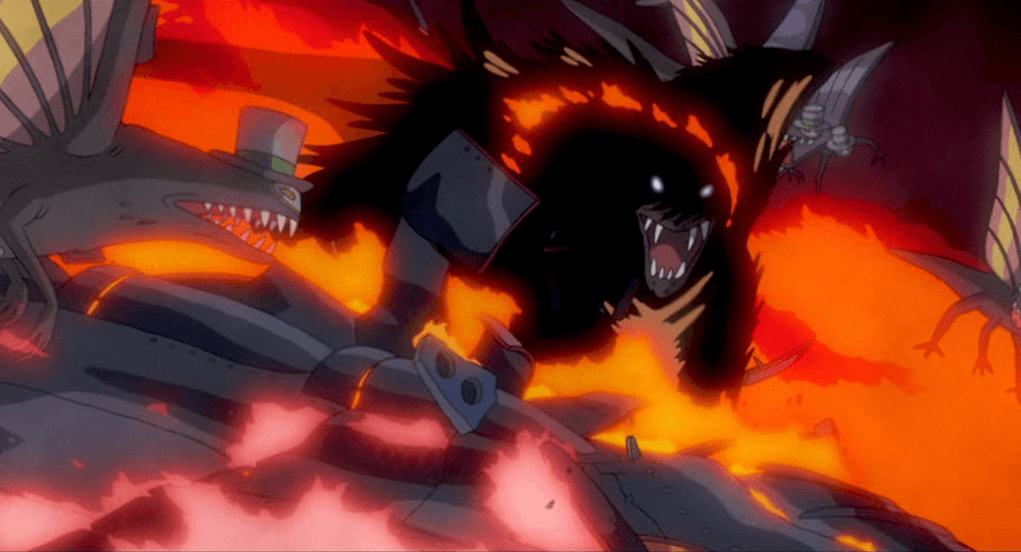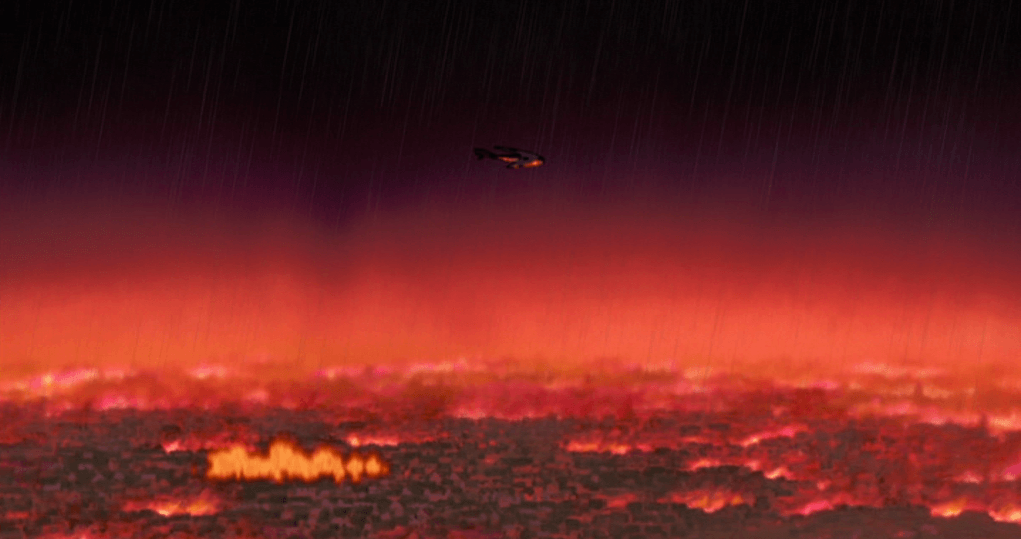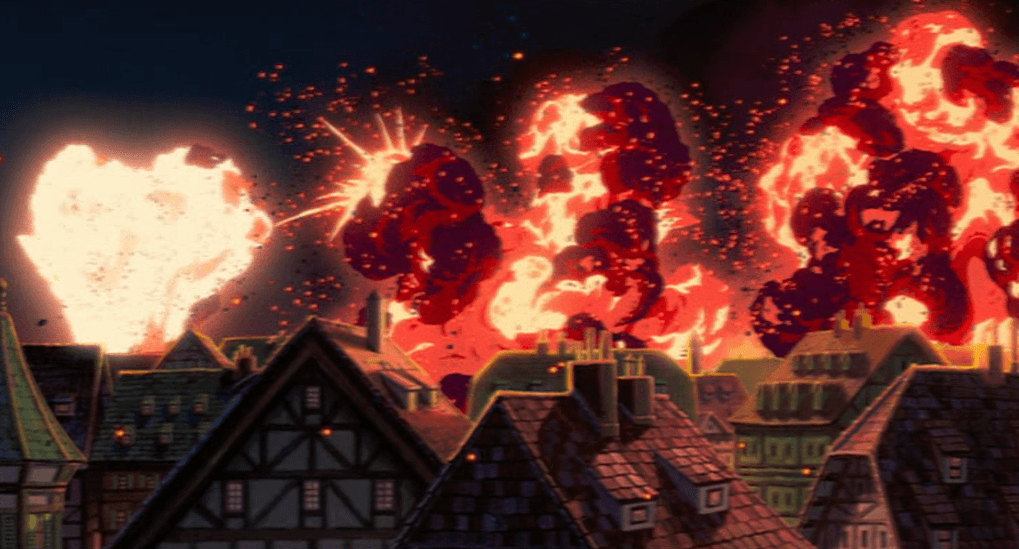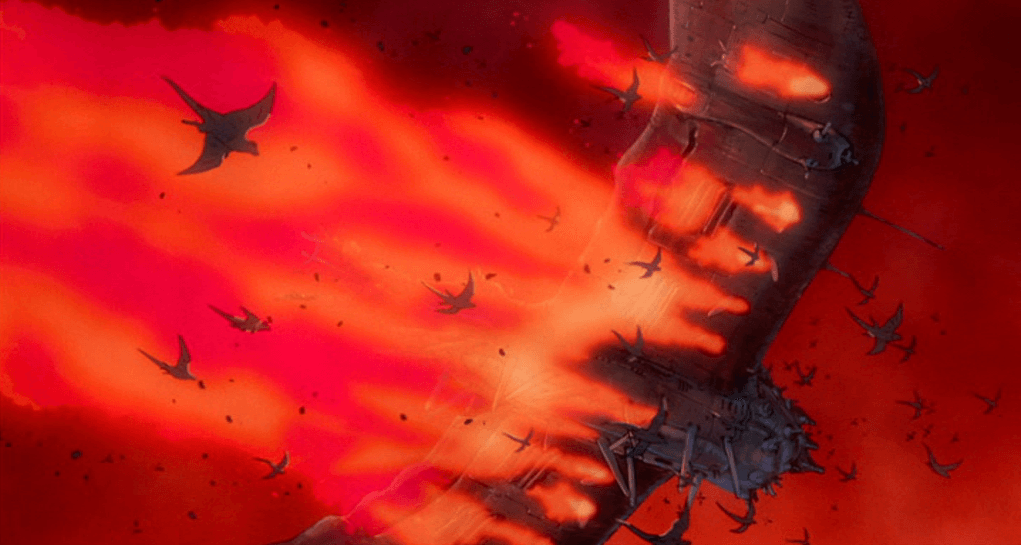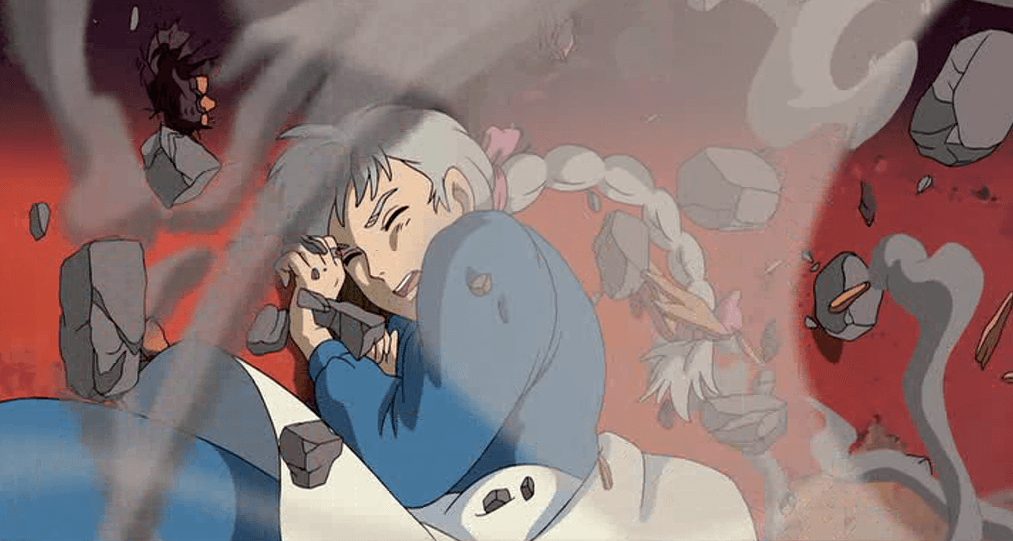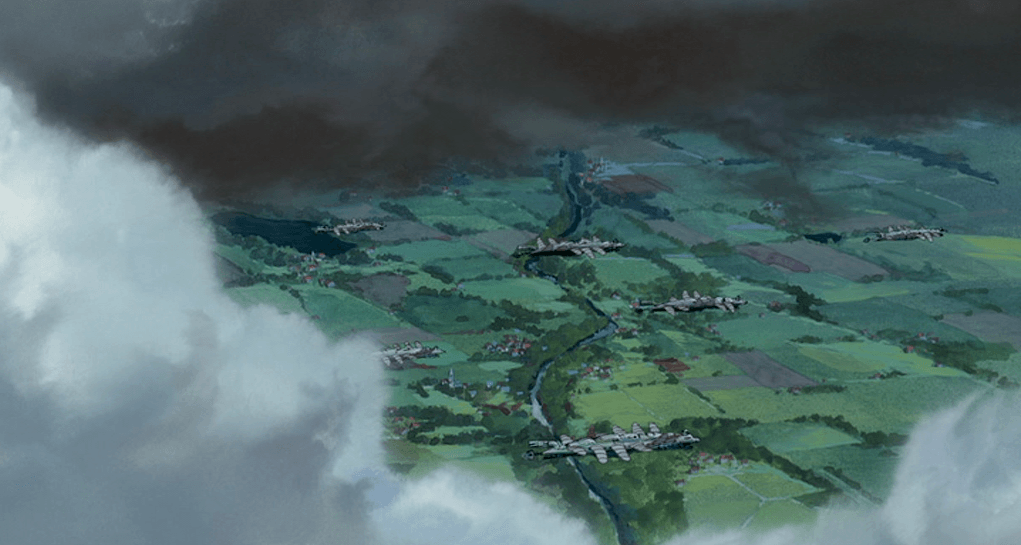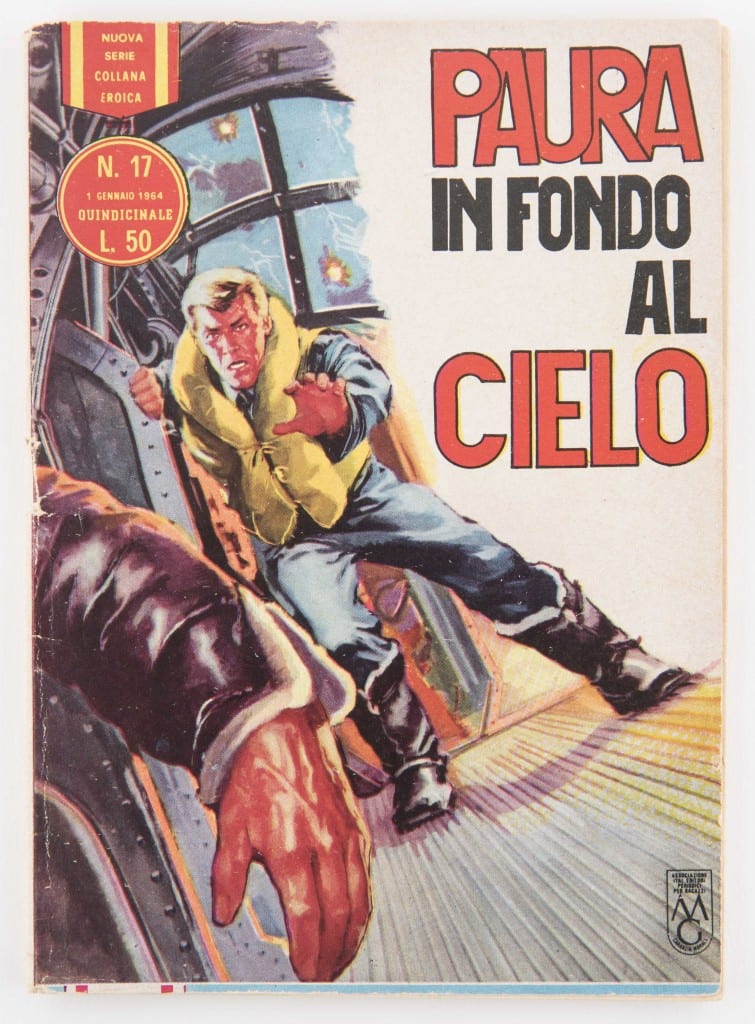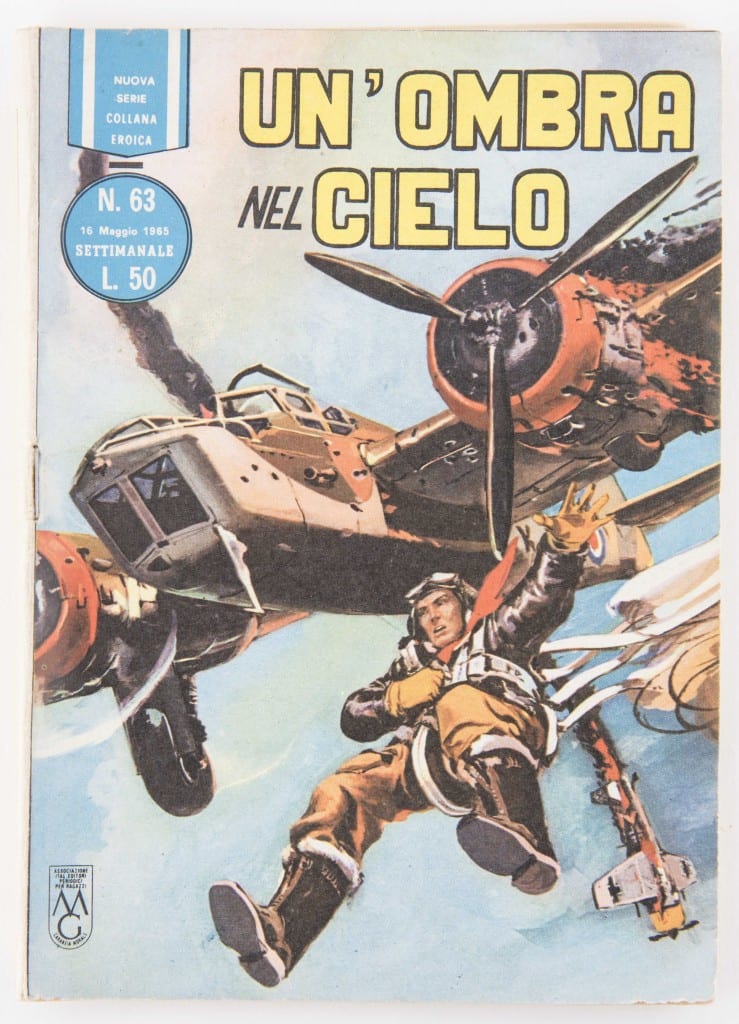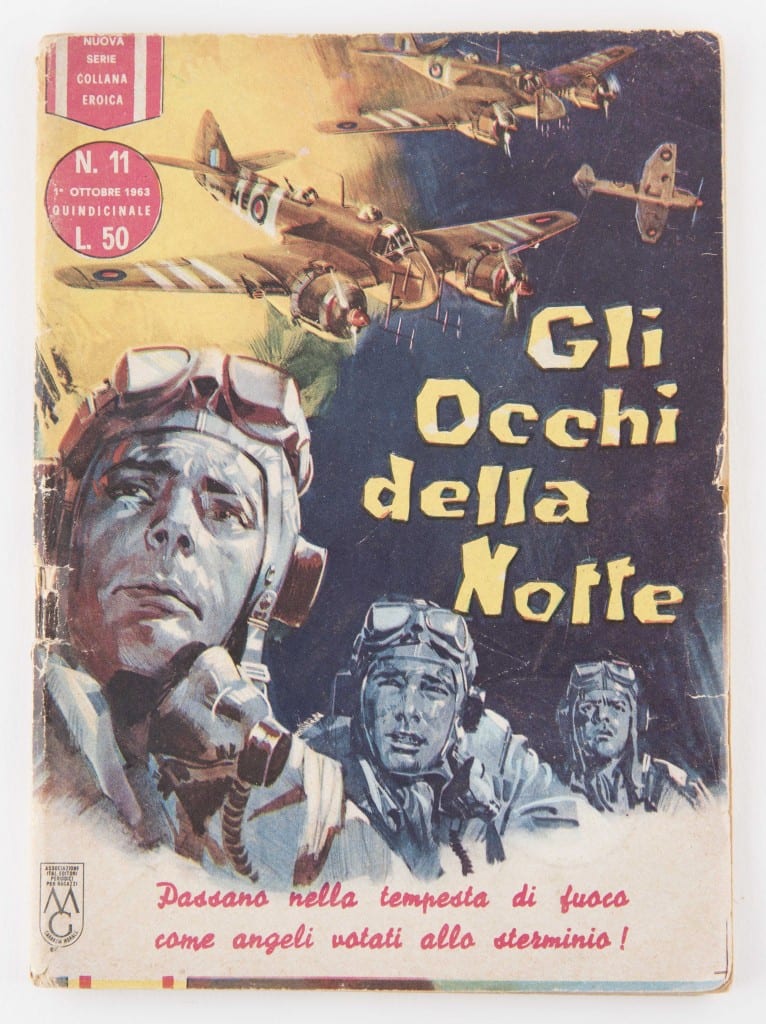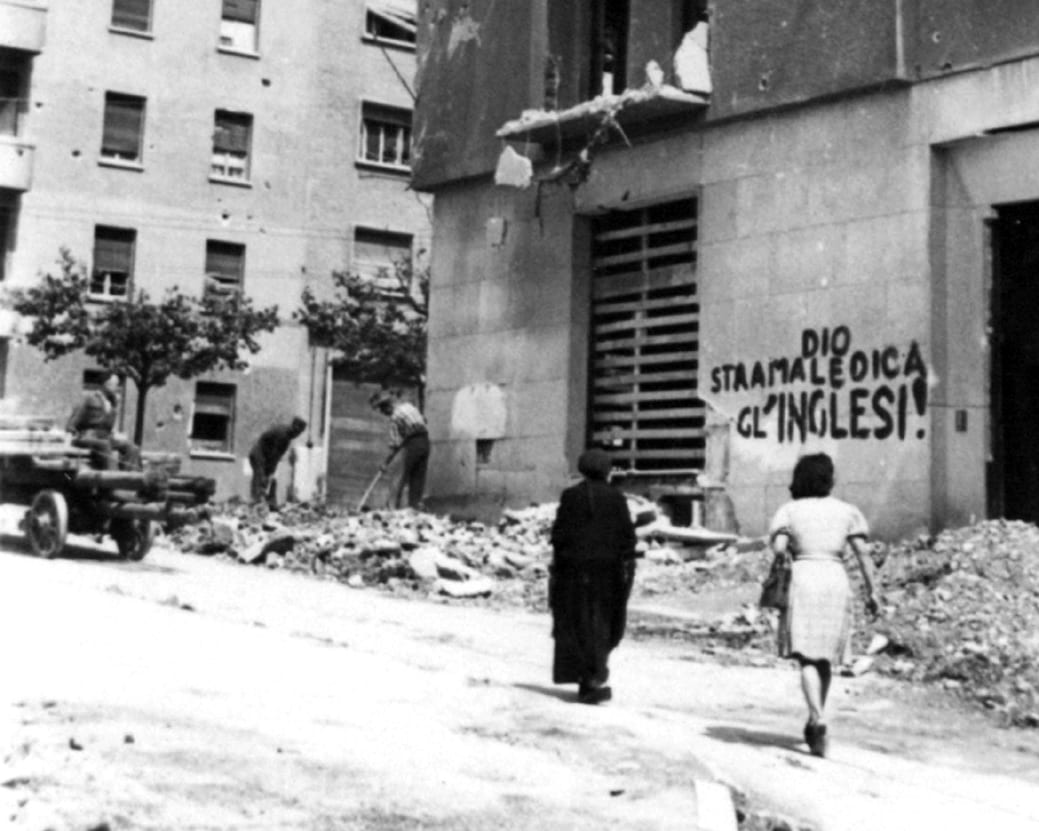The bombing of the Francesco Crispi primary school, in the Milan neighbourhood of Gorla, is one of the most controversial incidents of the Second World War in Italy. A series of mishaps and errors led the United States Army Air Force to bomb a residential area instead of the nearby Breda works. A direct hit killed 184 civilians: pupils, headmistress, teachers and caretakers. The event has a prominent place in the tormented landscape of the memorialisation of bombing war in Italy. The memorial marking the place where the school once stood is remarkable in terms of scale, artistic quality, and enduring community support. Victims are consistently referred to as “martyrs”, a term which has an implicit religious connotation in modern Italian and is rarely used for other casualties of the bombing war. Yet the event has also been massively controversial: held up in the aftermath as indisputable evidence of Allies’ ruthless brutality, in recent times it has been appropriated by right wing activists.
The recently-published L’ultimo tema in classe (‘The last class assignment’) is a rare example of children’s literature exploring the morality of bombing war. This is a subject traditionally considered the preserve of scholarly studies, or at least intended for an adult readership. Authored by Mario Emari, who recently passed away, it was marketed by a Montabone Editore, a small independent print-on-demand publishing house. The book follows the hours leading up to the event from two points of view: a fictional working-class family in Milan (Ambrogio, Mariuccia and their daughter Lucia) and two imaginary aircrew stationed at an airfield in southern Italy: Squadron Leader John Stuart and Lieutenant Frank Capece. Stuart has a daughter, Lucy, the same age as Lucia. The device used to provide a balanced view between multiple perspectives anticipates Len Deighton’s Bomber.
The book challenges readers’ preconceptions, since Italian popular culture has frequently represented Americans as larger-than-life figures. They are portrayed as bold, unproblematic people, imbued with a gung-ho attitude. John Stuart, in this respect, is anomalous. In his most recent letter home, he muses on the implications of his mission and explains how he and his fellow crew members are fighting to bring democracy to all those oppressed by criminal dictatorships. This ambition brings him to shed a tear, thinking of his daughter in distant New Jersey. The unresolved duality surrounding the bombing war is typified by the relationship between Stuart and Frank Capece, a serviceman of Italian descent.
Whereas Stuart is depicted as professional and detached, Capece seems more in tune with the cultural mores of those on the ground. His role is twofold. For a start, he suggests that the distinction between those at each end of the bombing war is constructed and somewhat spurious. Look closely enough and both sides have something in common, shared ancestors and shared cultures. Secondly, Carpace brings in a religious theme. Immediately before take-off, he invokes St Pio da Pietrelcina (1887-1968), a controversial, mystic figure known for his stigmata and the gift of reading souls. The holy man, Carpace points out, lives not too far away and would surely condemn the bombing. Stuart’s reply is sharp: servicemen must obey orders, whatever their morality. On top of that, this is a liberation war, not an aggression war. The tension ratchets up and Carpace backpedals, in a classic top dog / underdog exchange. The operation proceeds as planned.
Meanwhile, the plot follows Lucia preparing for school while her mother ignores her complaints about claimed ailments and turns down her request to stay at home. She is incinerated in the explosion; no mortal remains are ever discovered. Her mother can only yell at the “bastard Americans”. Ambrogio arrives at the scene unharmed. The horror becomes unbearable when he realises that the bombs intended for the Breda works, where he toils for little money, have instead killed his daughter. Every sense of justice is shattered. One class assignment is recovered from the debris, a fortuitous ink blot covering the pupil’s name. The task is “write about you” and a vivid description of wartime hardship is spun: life inside a shelter, rationing, missing relatives, cold, and hope for a better future. There is a dual absence, a missing body and a missing name – a couple deprived of their daughter and an anonymous piece of writing deprived of its author. Both become universal symbols of grief and suffering.
The aircraft returns to base, where Carpace urges Stuart to think of the innocent people they have killed. His reply is predictable: waging war is part of human nature and servicemen are mere cogs of an impersonal machine. If they don’t carry out their duties, somebody else will. At this point the stories diverge. Mariuccia is pregnant and will soon give birth to a new child – a transparent allusion to a new beginning – while Stuart is shot down over Germany. The message is more nuanced than simply retribution for supposed wrongdoings; Stuart, his crew and the schoolchildren are woven together into a tapestry of violence. Both have experienced suffering, both have been mercilessly crushed.
The book is beautifully illustrated by Elena Manazza, who has approached the subject in a delicate way. Violence is suggested rather than openly displayed, while loss and grieving are evoked through symbols of innocence and purity. Clouds feature prominently, either in a realistic way as backdrop to aircraft manoeuvres, or symbolic of despair and hopelessness, as when they frame a distraught face. In the foreword, eyewitness Marco Pederielli elaborates on his recollections of the event and traces parallels between the bombing of Italy and contemporary conflicts in Syria and elsewhere. He escaped unharmed by pure chance, a powerful reflection on how minor events can lead to completely unpredictable life paths.
The book opens and closes with two pieces of poetry by Caterina Rovatti: Aereo in volo (‘Airborne’) and Non esiste guerra buona (‘There’s no just war’). Both explore the duality of the destructive nature of warfare and the suffering inflicted on innocents. Non esiste guerra buona uses images of toys scattered on the ground and a mother in anguish to suggest a maternal perspective on violence. Aereo in volo, on the other hand, explores the moral confusion and blind power encapsulated by an aircraft in flight. The following passage is revealing:
[l’aereo] Traccia bianchi nastri
nel cielo
visibili come spontanee carezze di donna
all’esterno
ma nessuno conosce
tutto l’oscuro che tace
nel cuore d’acciaio
[the aircraft] traces white ribbons
in the sky
as visible as spontaneous woman’s caresses
outside
but nobody knows
all the silent darkness
in a steely heart
The free verse structure is impervious to translation, but the main point here is the powerful contrast between the bright natural light, enhanced by ribbon-like contrails, and the dark interior of the aircraft. “A steely heart” evokes vividly the absurdity of evil, namely an impersonal force controlled by people who are no more than pieces of machinery. In the same vein, the “silent darkness” seems to operate existentially rather than literally. Silence means no-one is talking, hence no communication is taking place, while darkness is the inability to see: not seeing other humans as humans utterly denies any form of relationship. War, the book admonishes, is delightful to those who have had no experience of it.
Alessandro Pesaro, Digital Archive Developer
Mario Emari, L’ ultimo tema in classe, Milano, Montabone, 2017. Foreword by Marco Pederielli, verses by Caterina Rovatti, illustrated by Elena Manazza.
http://www.montaboneeditore.it
https://www.facebook.com/Lutlimo-tema-in-classe-152421298886420/

